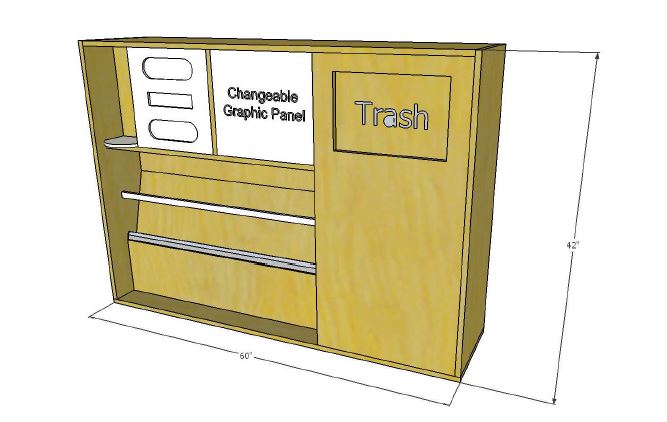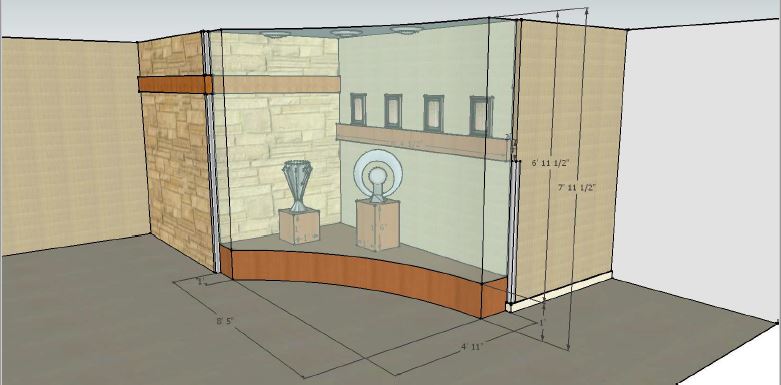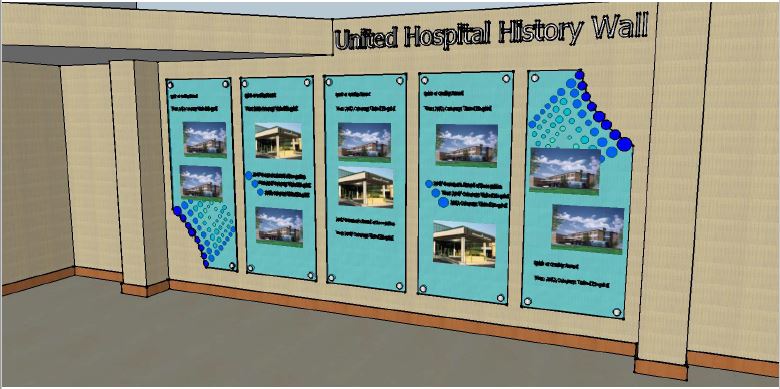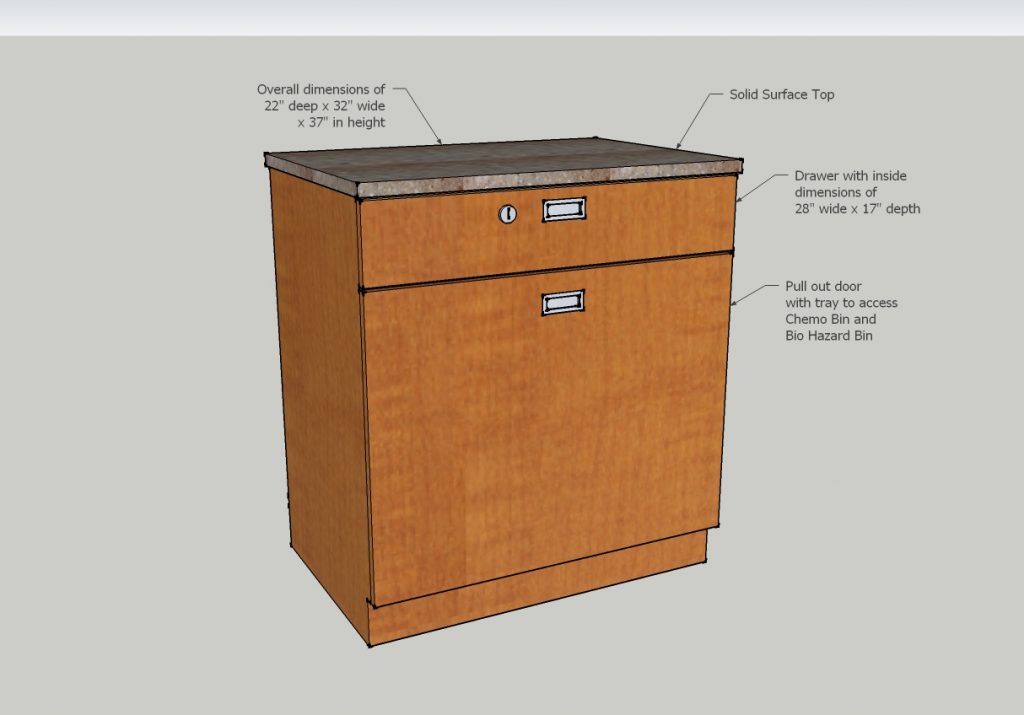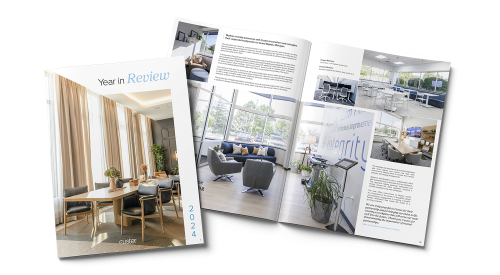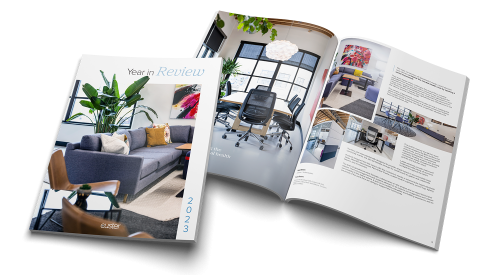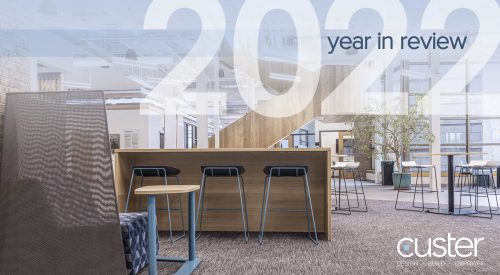- Blog
- Creating Custom Healing Spaces
Creating Custom Healing Spaces
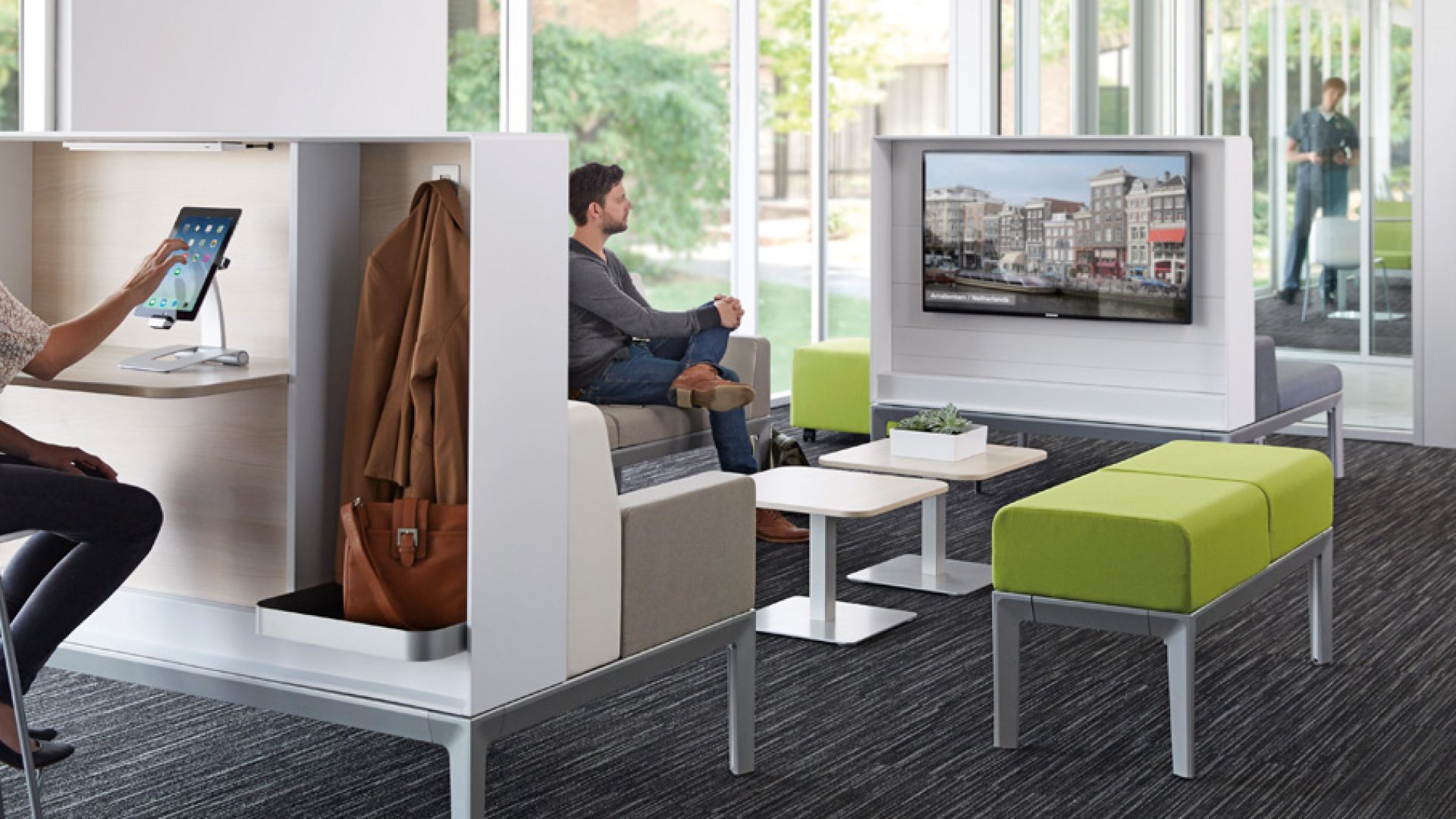
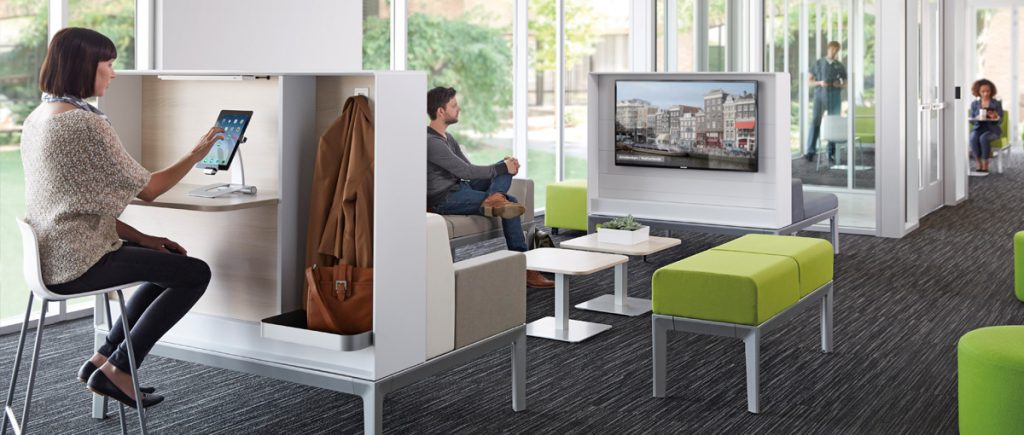 As any of us can attest from our own healthcare journeys, the healing experience begins when a patient walks through the facility doors. While there may be a lapse of thirty minutes — or more — before we see a medical professional, those precious minutes can begin aiding in our healing journey, or can exacerbate feelings of fear, anxiety, unease, and stress.
As any of us can attest from our own healthcare journeys, the healing experience begins when a patient walks through the facility doors. While there may be a lapse of thirty minutes — or more — before we see a medical professional, those precious minutes can begin aiding in our healing journey, or can exacerbate feelings of fear, anxiety, unease, and stress.
The environment in which we wait for and receive care can determine our overall satisfaction with our experience. Recent research by Steelcase Health finds that positive waiting experiences and space design are linked with the perception of quality care; that is to say, well-designed waiting environments can help improve patient satisfaction during both waiting and direct care encounters. This information comes as no surprise to those of us who have had to wait for care in less than ideal environments, and also affirms the experiences of those of us who have felt the calming impact of a thoughtfully-designed healing space. So how can this research be employed at clinics, hospitals, and offices today?
First, it’s important that every step of the healing journey be designed to support the physical, emotional, and technological needs of patients, families and caregivers. This effort requires a macro-lens to view the entire environment as material for a positive healing experience. For thoughtstarters on this high-level perspective, our partners at Steelcase Health have compiled a booklet of research and reflections.
On a smaller scale, thoughtfully planned details can improve the flow of the healing environment and help it function seamlessly. Customized elements can be added into the environment to create smaller spaces within the overall plan and to augment meaningful personal moments, including the examples below:
magazine rack and sanitation station
This magazine rack and sanitation station provides a place off the footpath to discard waste, clean one’s hands, and find reading material. This custom-built solution can be tailored to any space, combining several products to remove clutter and create synergy within the environment.
magazine rack and sanitation station
display case
A display case adds a personal touch to the healthcare environment, providing a place to share noteworthy distinctions and news. This floor-to-ceiling case also acts as a space divider, adding privacy on either side.
display case
history or display wall
A history or display wall also provides a personal touch without interrupting the footpath. This particular example creates an opportunity for the hospital to celebrate with patients and visitors its years of service and commitment to the community.
history or display wall
infusion nurse server
This infusion nurse server, while not in a waiting environment, is intended to bring familiar and warm surface materials to an otherwise wearisome experience: chemotherapy. In this unit, chemo bins can be tucked out of eyesight while nurses still have access to all the tools they need. Being able to store medical devices provides patients relief from the distractions and distress of seeing devices in the open.
infusion nurse server
shelving unit
While clutter can increase the stress of a patient’s healthcare experience, storage allows for small items to be tucked away and organization achieved. This shelving unit — useful for cafes, kitchens, waiting rooms, and more — allows staff to store items until they need them. What’s more, warm, residential finishes add a degree of comfort to environments that can often feel sterile.
shelving unit
shelving unit
The above examples were all created through Custer’s in-house customs team in partnership with Grand Valley Wood Products and Echo Etching. These thoughtfully-crafted products allow for congruency within the healing environment, aiding in the patient’s experience and the design of the overall space.
We would love to brainstorm ways to improve the patient experience in your healthcare facility. Connect with us here or at info@custerinc.com.
